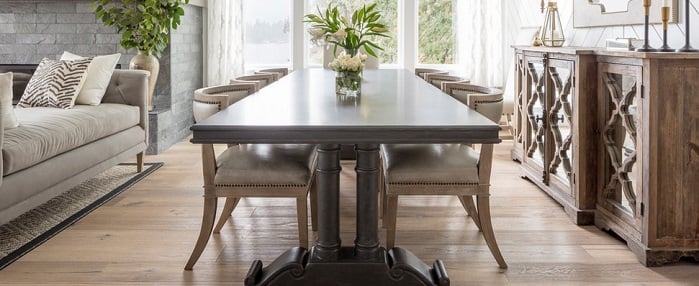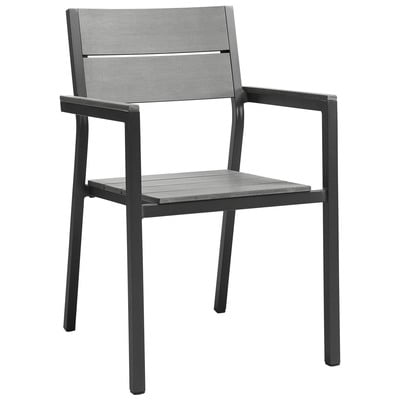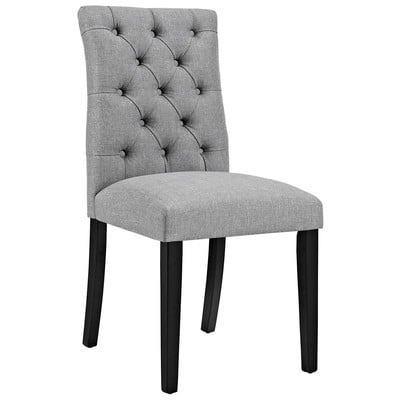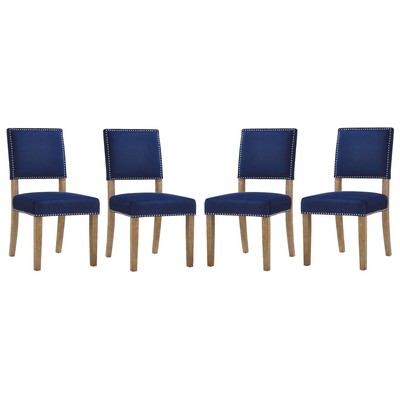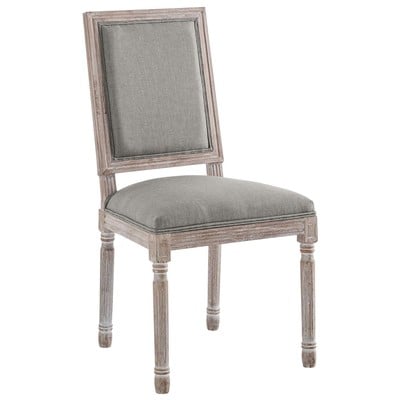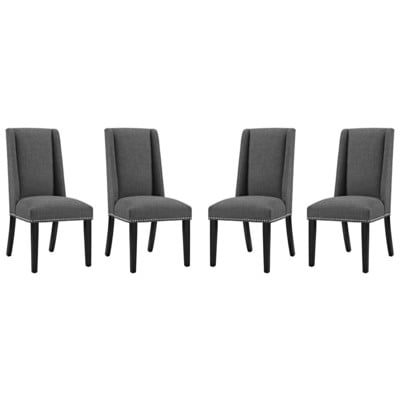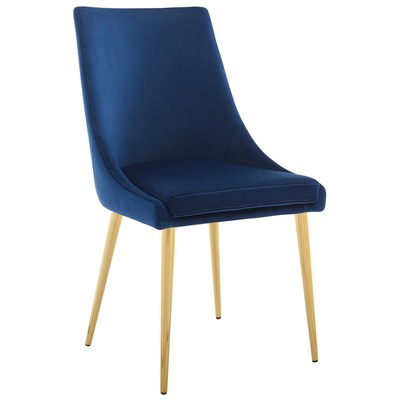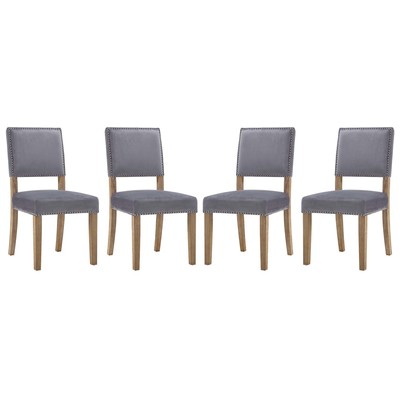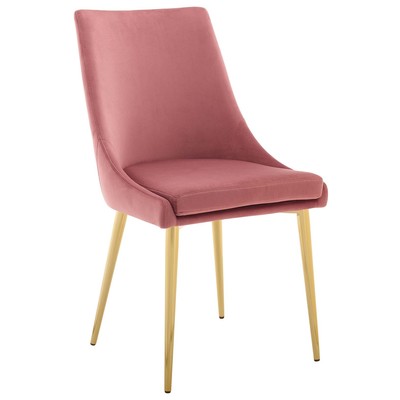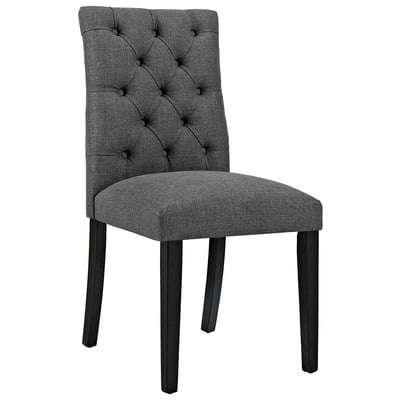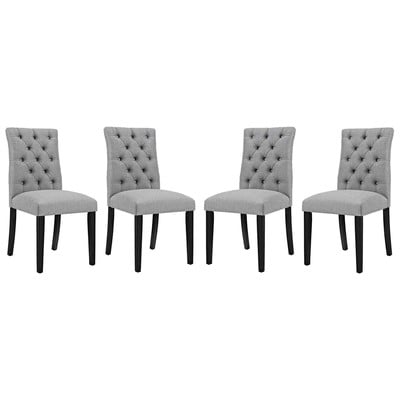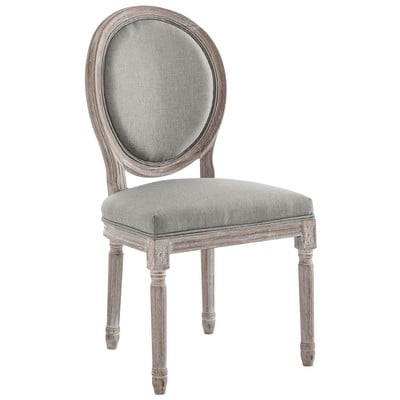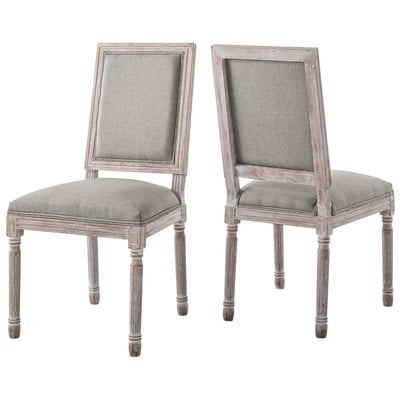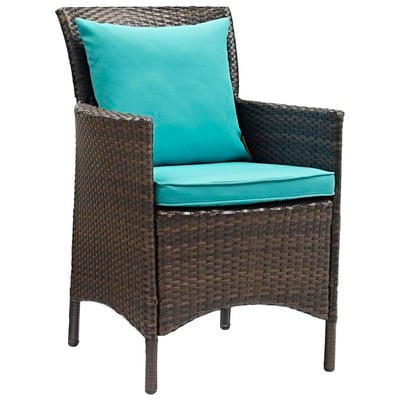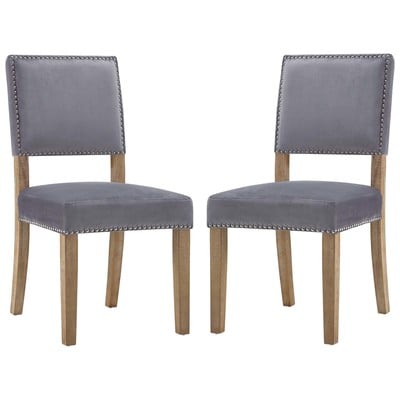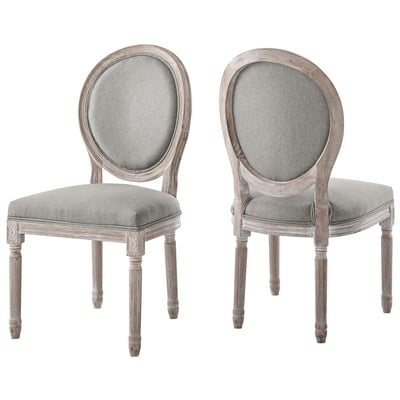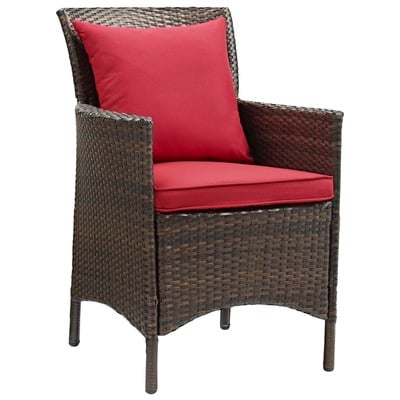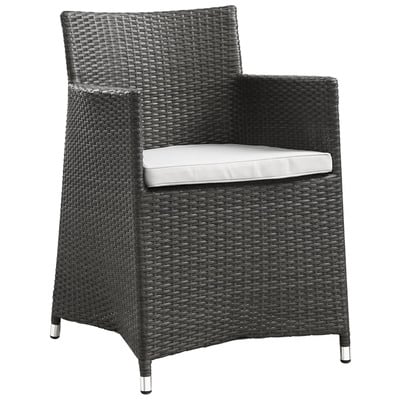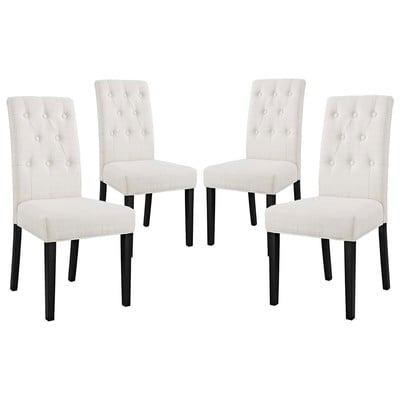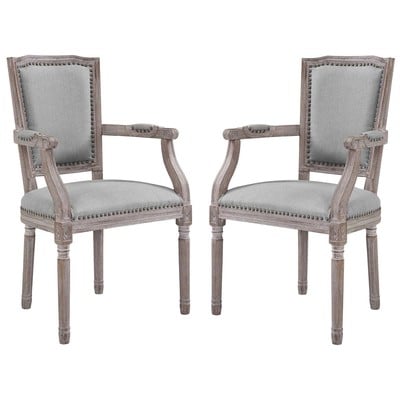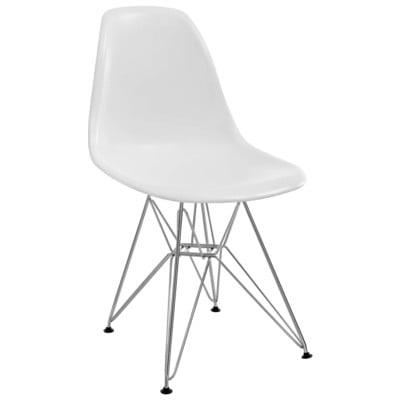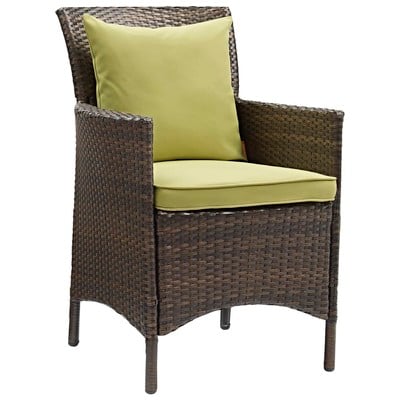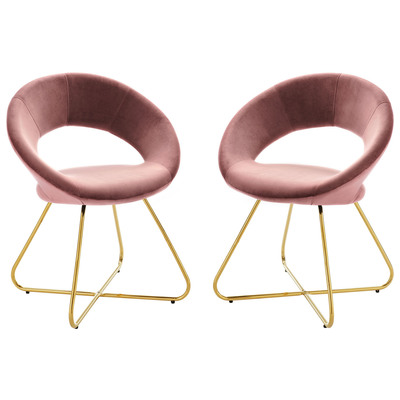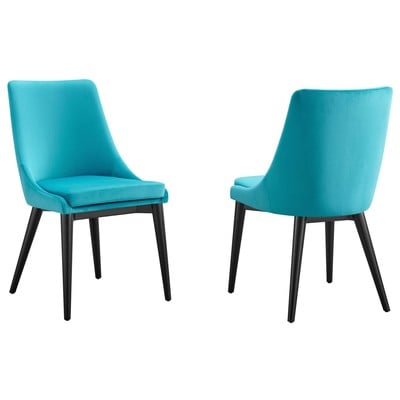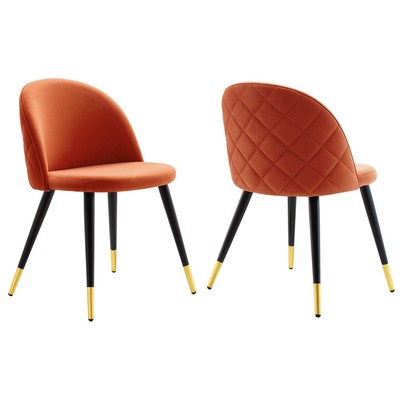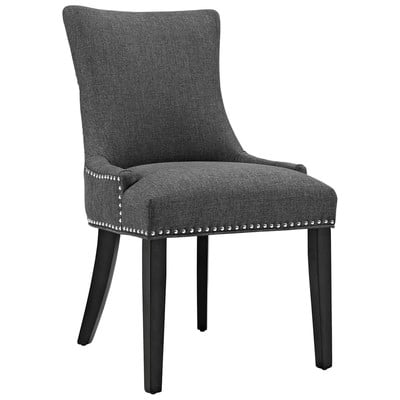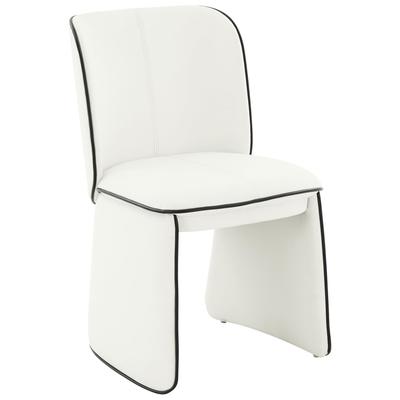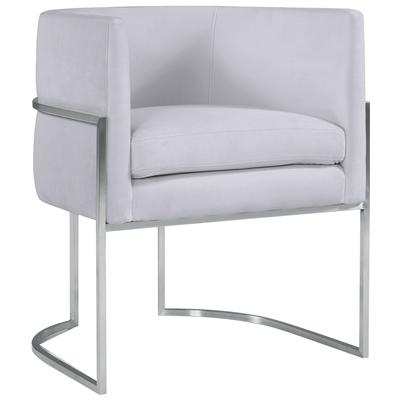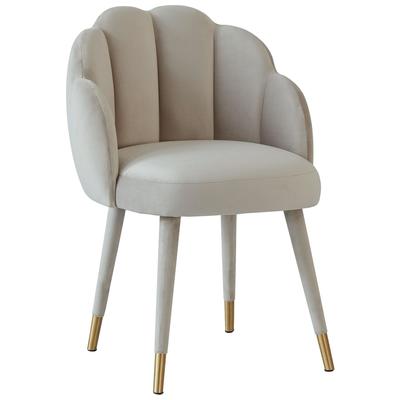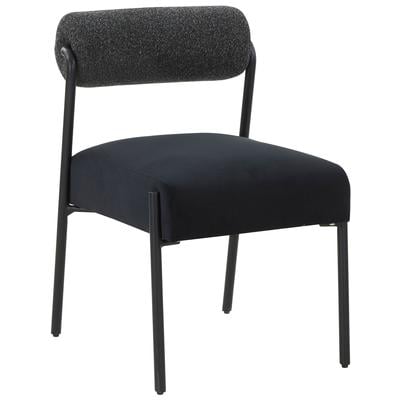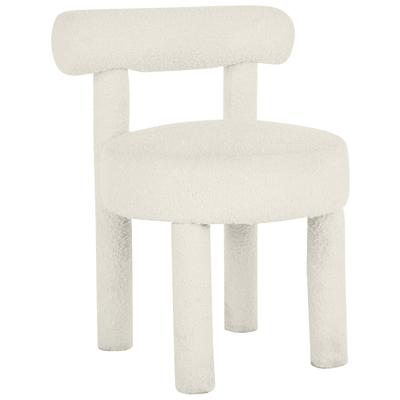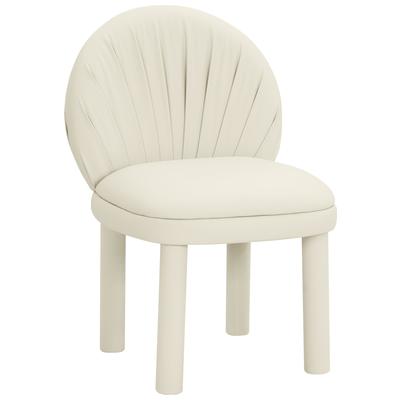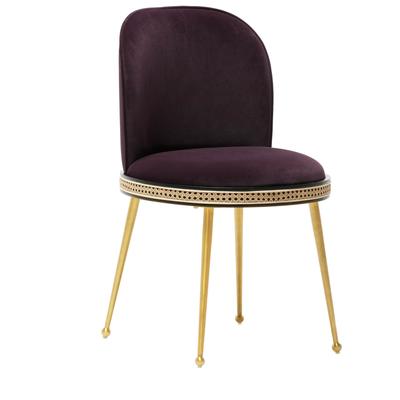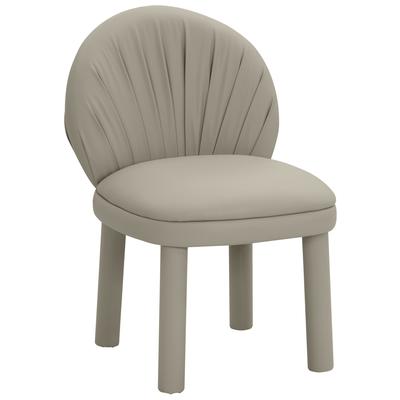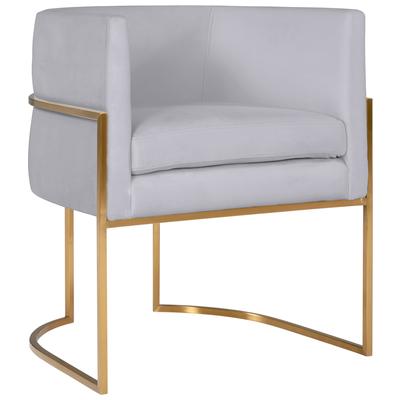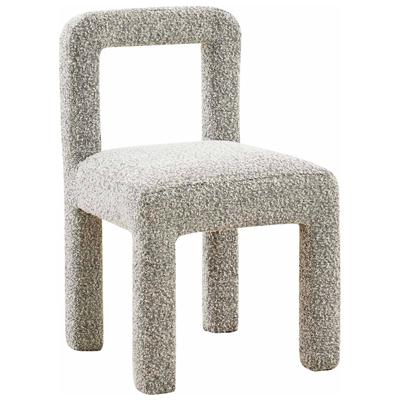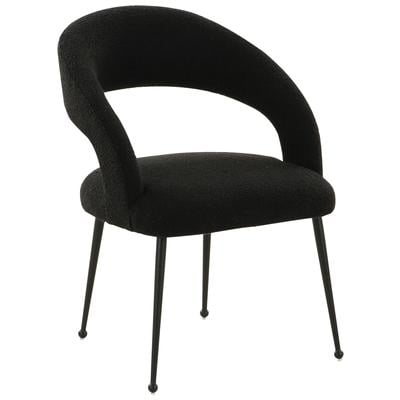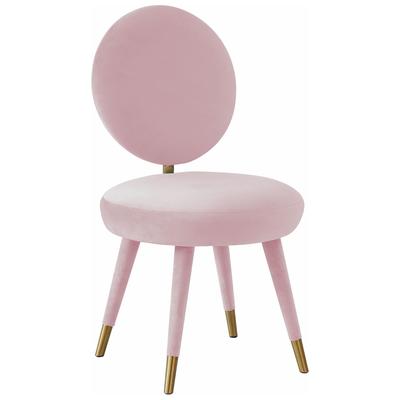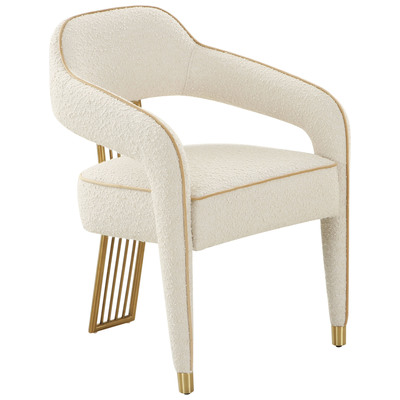When it comes to dining room decor, your dining chairs will always be the star of the show. By design, they’re prominently placed, and the part of the room you’ll interact with the most – both with your eyes and your body. This goes double if your dining set is in an open part of your home, and visible from your kitchen and living spaces. So it’s important to treat your dining chairs not just as a place to sit, but as the foundation of the style for your space. The more you think about the individual parts of the chair and the style signals they send, the more likely you are to get a look you love.
Start Simple: Decide On Your Style

It might seem too-obvious, but the first step in picking new dining chairs is to think broadly about the style you want for your dining room as a whole. Are you thinking something very traditional, with lots of wood work and fine upholstery, or something with a homier farmhouse look? Often, narrowing your options down to a broad style category can help you land on a handful of chairs to choose from. From there, think about what types of chairs you like to look at or sit in, and the furniture in the rest of your house to find the best match.
(But Don’t Feel Like Your Dining Chairs Have To Match)

That said, the style of your dining chairs doesn’t have to match the rest of your furnishings, or even the dining table. In fact, a purposeful mismatch is a great way to lend personality and pizazz to your decor. For example, clear acrylic chairs can modernize a farmhouse dining room; vintage bent wood chairs can make a modern setup feel more casual and inviting. If you’re trying to strike a balance between elegant and informal, this sort of playful pairing can help you pin it down.
Materials Matter: Fine Tuning Your Style

Once you know, broadly, the kind of dining chair you want, you should start thinking about materials. There are, of course, the natural pairs: walnut for midcentury dining chairs, nailhead or button-tufted upholstery for a more traditional look, and so on. But this is an area where small changes can have a big impact. Choosing between chair legs that are made of bare wood, metal, or plastic, and how they’re finished can make for very different-looking chairs, even if the legs are the same size and shape. Ditto goes for upholstery. While color is an obvious difference, the material and finishing matters, too. Neutral-toned, natural-fiber upholstery will have a more relaxed feel than a patterned brocade or colorful velvet. Don’t be afraid to take a basic chair silhouette and dress it up or down to get the right feel.
Size Matters (And Not Just For Sitting)

The size of your new dining chairs also matters for more than just comfort. While this is admittedly part of “style,” the height, width, and bulk of the chairs you choose will have a major impact on your space. Very high-backed chairs have a hefty, formal feel no matter the style of the chair; low-backed chairs (or even benches) can make your table feel less imposing. Ditto for the width (including whether or not the chair has arms), the thickness of the legs, and how solid the back of the chair is. Like a high back but don’t want a too-formal feel? Look for a ladderback or something similar to reduce each chair’s visual impact. Love a midcentury look, but want a slightly elevated, formal look for your table? Choose chairs with arms, solid backs, and thick, sturdy legs to make them instantly more prominent.
Matching Set Or A Mix
Lots of dining chairs are sold as part of a set that includes a table and the chairs that will fit around it. Depending on the look you’re going for, this isn’t a bad way to buy them; it’s often is less expensive than buying piecemeal. That said, matching or mixing your dining chairs should be a conscious choice. Swapping out even one or two chairs can totally transform the look of your dining set. Be sure to do the math beforehand to make sure you’re playing to your style strengths.
All The Same Dining Chairs

Dining chairs are most commonly sold as part of a matching set of four, six, eight, or more. Makes sense, right? You get however many of the same chair, set them around your table, and you’re all done. These types of dining sets will give you a unified, coordinated look. With tall chairs, matching backs can have a big impact, like the proverbial row of soldiers; this works well if you want that very rigid, formal feel. Alternatively, matching low-backed chairs are good for keeping sight-lines clearer, which is nice if your dining room is part of a more casual gathering space. That said, uniformity comes at the cost of contrast; having variation in your dining set can make the whole thing more eye-grabbing.
Make It Double (Side Chairs And End Chair Pairs)

The most common way to spice up your dining chairs is to swap out the chairs at the far ends of the table. You sometimes see this with bundled dining sets. But the “difference” in the end chairs is typically only the addition of arms to an otherwise matching chair. But choosing significantly different chairs – usually ones that are larger, taller, and more ornate – is a great opportunity to add more flair to your dining set, and help fine-tune the look of your space. Really bold end chairs can elevate even the simplest side chairs, and the contrast between the two can be fun as well. One rule: avoid dressing end chairs down; while you’re welcome to have styles as different as you’d like, choosing end chairs that are smaller or much more casual than your side chairs can make your dining set feel unbalanced.
Mix, Match, And Make Your Own Mismatched Set of Dining Chairs

Want to get really creative? You can even buy your dining chairs individually – in as many different styles as you want. Now, I’ll admit, fully mixed-and-matched sets of dining chairs are mostly reserved for fairly eclectic tastes and casual, homey spaces. Even mixed-and-matched antique styles gain a little rustic, piecemeal quality that drains out some of their formal elegance. That said, having all different dining chairs can be a great conversation starter, and a good way to imbue your dining set with personality. Especially if you’re a savvy second-hand shopper, you can wind up with a dining set where every chair has its own story (and every guest has a favorite!). To keep a mixed set from feeling too busy, enforce some kind of unifying element: time period, material, symmetry, a limited color palette, etc. and consider using matching end chairs to make the look feel intentional.
Choosing new dining chairs shouldn’t be a headache, but finding a look you like is just the first step. Knowing how to tweak and fine tune your instinctive first choice will ensure your new setup will look just as good once it’s actually set up!

